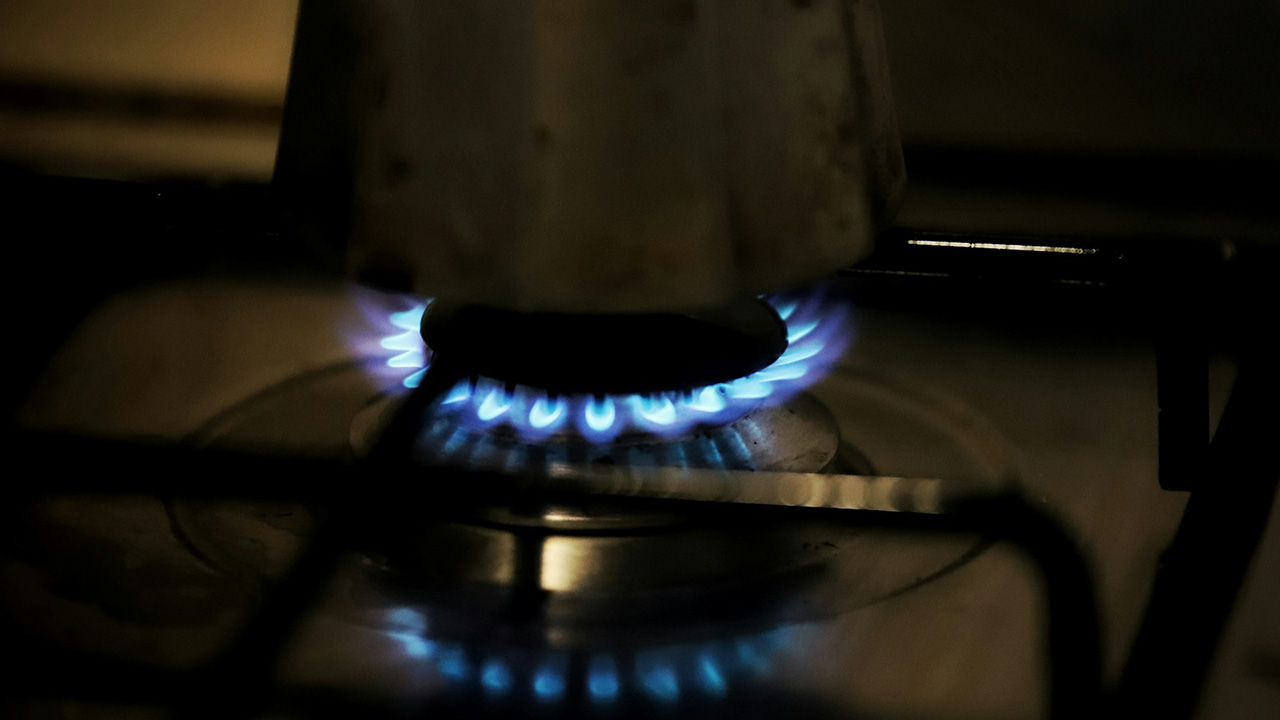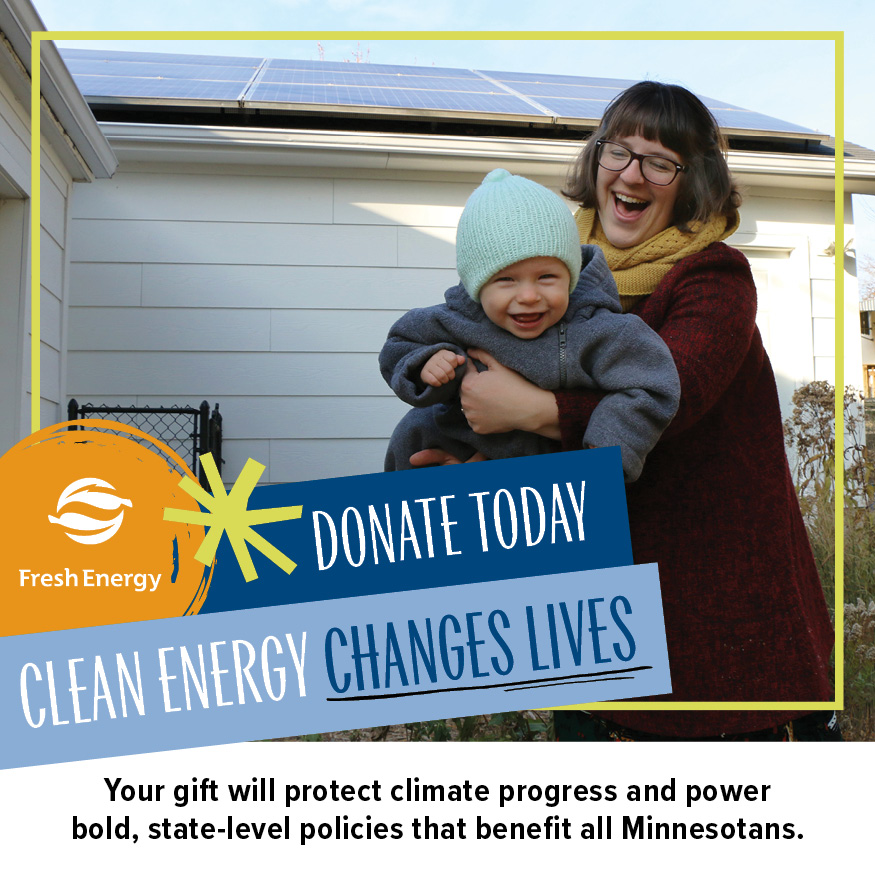
As Minnesota works toward our ambitious greenhouse gas (GHG) reduction goals of 50% by 2030 and net-zero by 2050, we must address all sources of emissions. This includes the fastest-growing sectors of emissions: our residential and commercial buildings which make up a combined 15% of emissions across Minnesota’s economy. Building emissions are growing and expected to keep growing, mostly due to the use of natural gas for heating and appliances.
Here’s the low-hanging piece of fruit: if we want to reduce GHG emissions from burning natural gas in buildings, one of the easiest and most common-sense approaches is to shrink and eliminate the incentives that grow Minnesota’s natural gas system and end-uses. In short, ending natural gas incentives is a common-sense step to reducing emissions.
In a previous post, we discussed the need to reevaluate gas line extensions incentives for expanding the physical natural gas distribution system. Today, we’re focusing on another critical policy area: incentives for gas appliances.
The problem with gas appliance incentives
For decades, Minnesota’s gas utilities have offered rebates through their Conservation Improvement Programs (now called Energy Conservation and Optimization, or ECO, Programs) to encourage consumers to purchase new natural gas appliances — including furnaces and boilers, water heaters, and other gas appliances. These incentives were originally designed to promote energy efficiency by motivating customers to replace older, less efficient gas appliances with newer models. Now, we have more energy-efficient and clean appliances — heat pumps, heat pump water heaters, and induction stoves — to meet our home appliance needs while improving human health and helping Minnesota reach its climate targets.
Just like gas line extension policies, Minnesota’s gas appliance incentives are increasingly at odds with Minnesota’s climate goals and the transition to a clean energy economy. Every new gas appliance installed today represents a long-term commitment to fossil fuel consumption and GHG emissions — typically for 15-20 years, the average lifespan of these devices.
These incentives artificially reduce the upfront cost of gas appliances, making them appear more economical compared to electric alternatives, despite the long-term economic and environmental advantage of clean, electric options.
Other states are getting ahead by reducing gas appliance incentives
Minnesota would not be a first mover if it decides to phase out incentives for gas-fired appliances. Several states have already begun this transition, including Colorado where Xcel Energy also operates, providing useful models for regulators and energy efficiency program providers in our state to consider. For further details on the approaches that other states have taken, read our detailed comments.
Colorado’s Public Utilities Commission (PUC) has ordered Xcel Energy, a gas and electric utility that also operates in Minnesota, to end energy efficiency rebates for certain gas-fired equipment, with the goal to completely end subsidies for gas-fired equipment by 2027. Xcel Energy’s phase-out plan includes: restricting demand-side management (DSM) incentives for gas space heating equipment to only customers replacing lower-efficiency units starting in 2024, terminating gas water heating incentives by January 2025, ending all gas heating appliance incentives by January 2027, and immediately ending incentives for gas equipment in new construction.
In its decision, the Colorado PUC recognized that new construction represents the “low hanging fruit” for electrification, noting that “it makes little sense to continue incentivizing programs with gas-fired space or water heating equipment in new construction.”
California has similarly reduced incentives for natural gas appliances to meet its decarbonization targets. Beginning in 2024, California only allows customer-funded incentives for residential and commercial new construction projects for measures that do not burn natural gas or that are cost-effective. The California Public Utilities Commission created a forward-looking framework under which customer-funded natural gas energy efficiency incentives will no longer be available, along with separate timeline and policies for phasing them out.
In Massachusetts, the Mass Save program, which is the state’s nation-leading energy efficiency program provider, discontinued rebates, incentives, and financing for equipment powered by natural gas, oil, or propane in 2024 to align with the Massachusetts state climate policy and goals.
Each of these states has developed special considerations for income-qualified customers to ensure an equitable transition to clean heating in buildings.
What’s next?
Fresh Energy is advocating for a similar transition in Minnesota. During the most recent review process for utilities’ ECO Triennial Plans, we filed comments with the Minnesota Department of Commerce, who oversees ECO Programs, recommending that a stakeholder process be convened to plan for a phased transition away from ECO rebates for gas-fired appliances that have cost-effective and more efficient electric alternatives to better align utility programs with state energy policy.
The process would:
- Identify opportunities for transferring ECO incentives to efficient electric appliances and building envelope improvements instead of gas-fired appliances
- Identify cost-effective electric alternatives to gas-fired appliances
- Develop a timeline for phasing out incentives by segment and measure
- Consider how best to support under-resourced customers during this transition
- Coordinate with other ongoing ECO stakeholder processes
We envision building a record supporting this approach during the 2024-2026 ECO Triennial, implementing the first phase in 2027-2029, and completing the transition by the 2030-2032 Triennial cycle. Such a timeline will help ensure Minnesota is reversing its projected building emissions to meet state climate targets.
The Department of Commerce will be convening ECO stakeholders this spring to evaluate where prioritizing customer incentives might have the greatest benefits to ratepayers across multiple sectors, including discussion of potential decarbonization, efficiency, cost, and ratepayer impacts. Fresh Energy looks forward to these discussions and to continuing to engage in ECO Triennial plans this year as well as the next ECO Triennial plans which utilities will file in 2026. We believe that realigning Minnesota’s energy efficiency programs away from gas appliances and toward building envelope improvements and efficient electric appliances is essential to meeting our state’s climate goals. These upcoming stakeholder discussions are an opportunity for the Department of Commerce and utilities to take steps to follow the lead that regulators and energy efficiency program providers have taken in other states.
As with gas line extension policies, the time has come to update our approach to gas appliance incentives to reflect Minnesota’s commitment to a clean energy future. We must stop incentivizing technologies that lock in decades of fossil fuel use and instead direct our resources toward the clean, efficient, and electric future that Minnesota needs.

